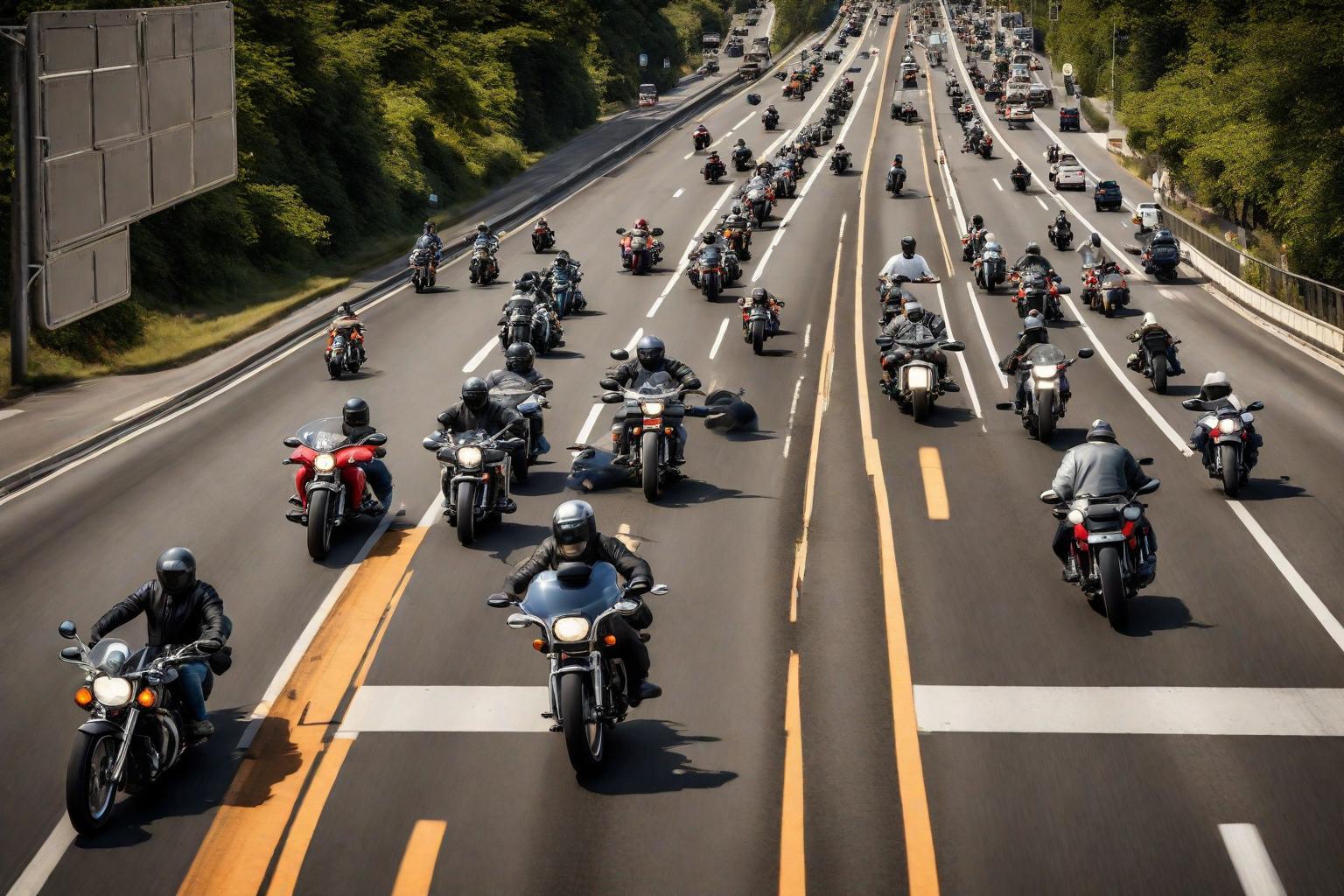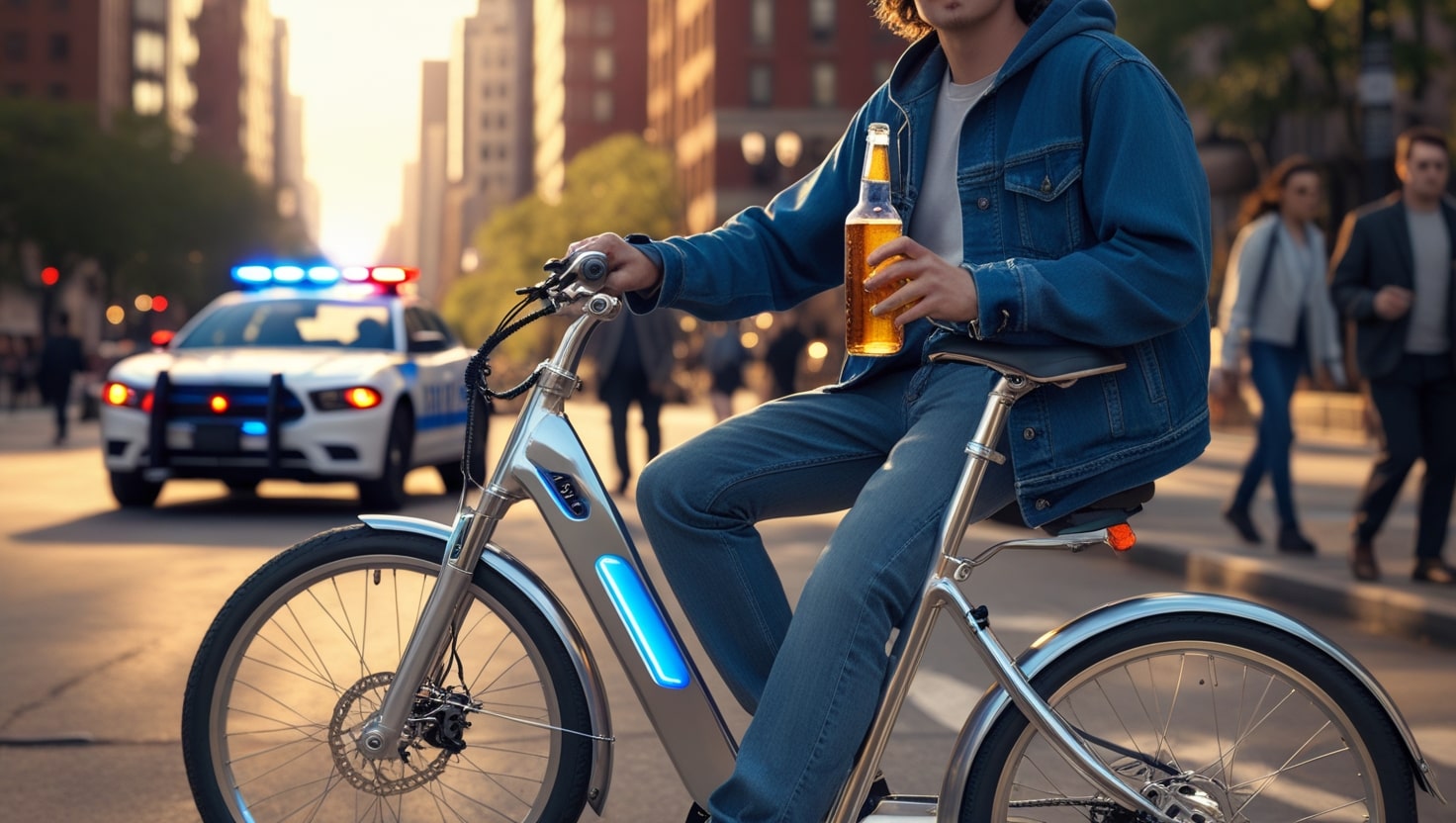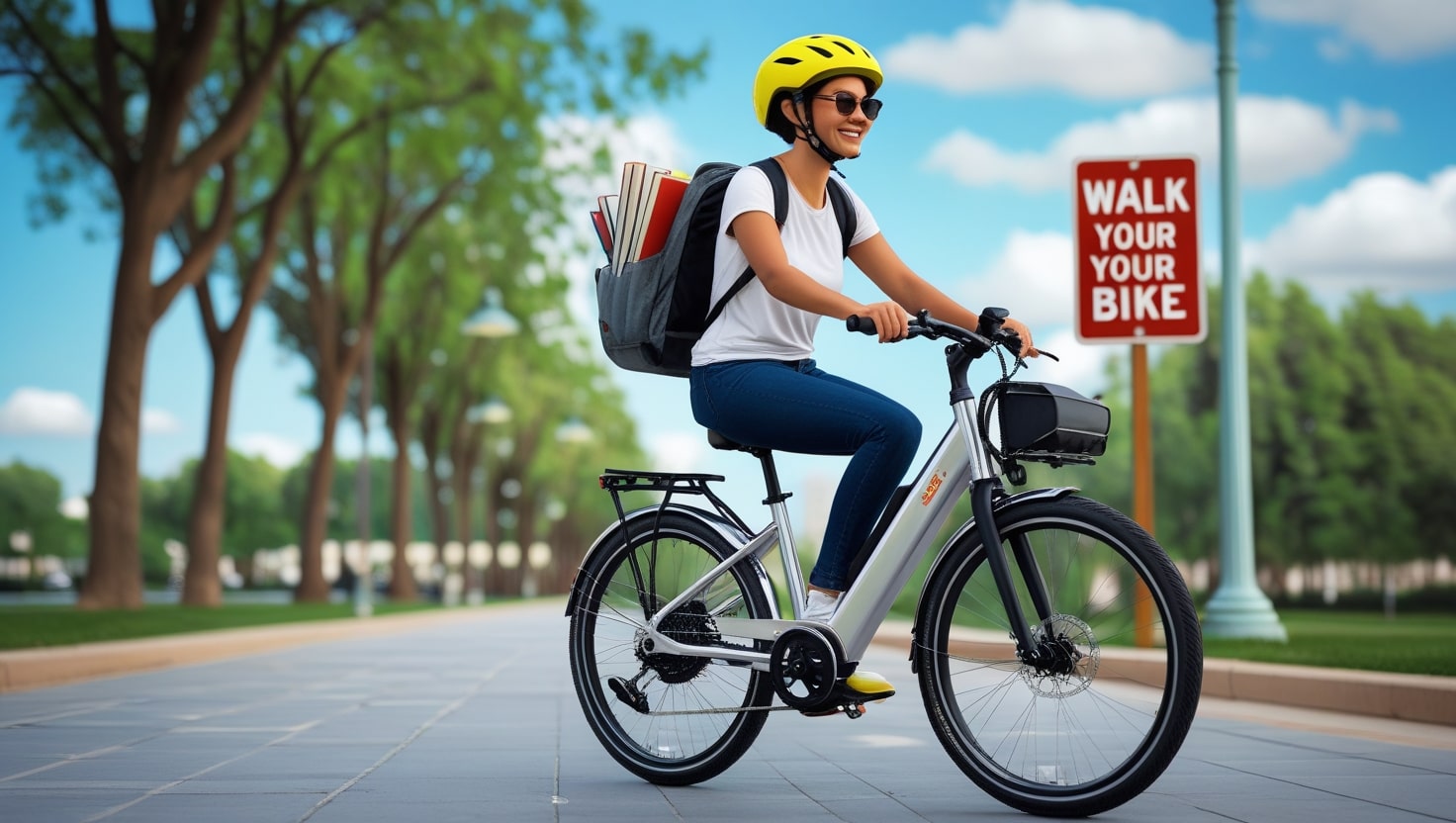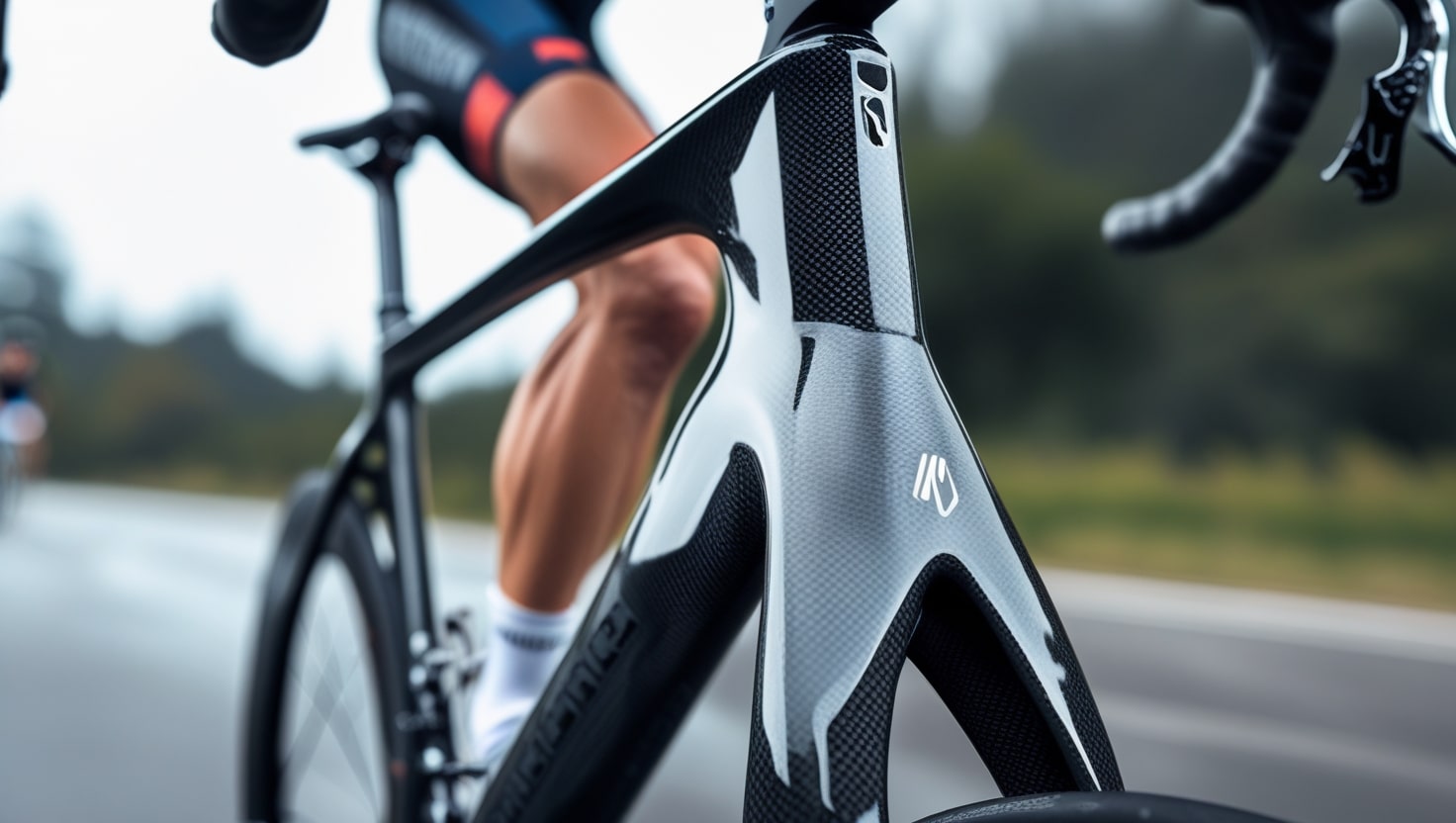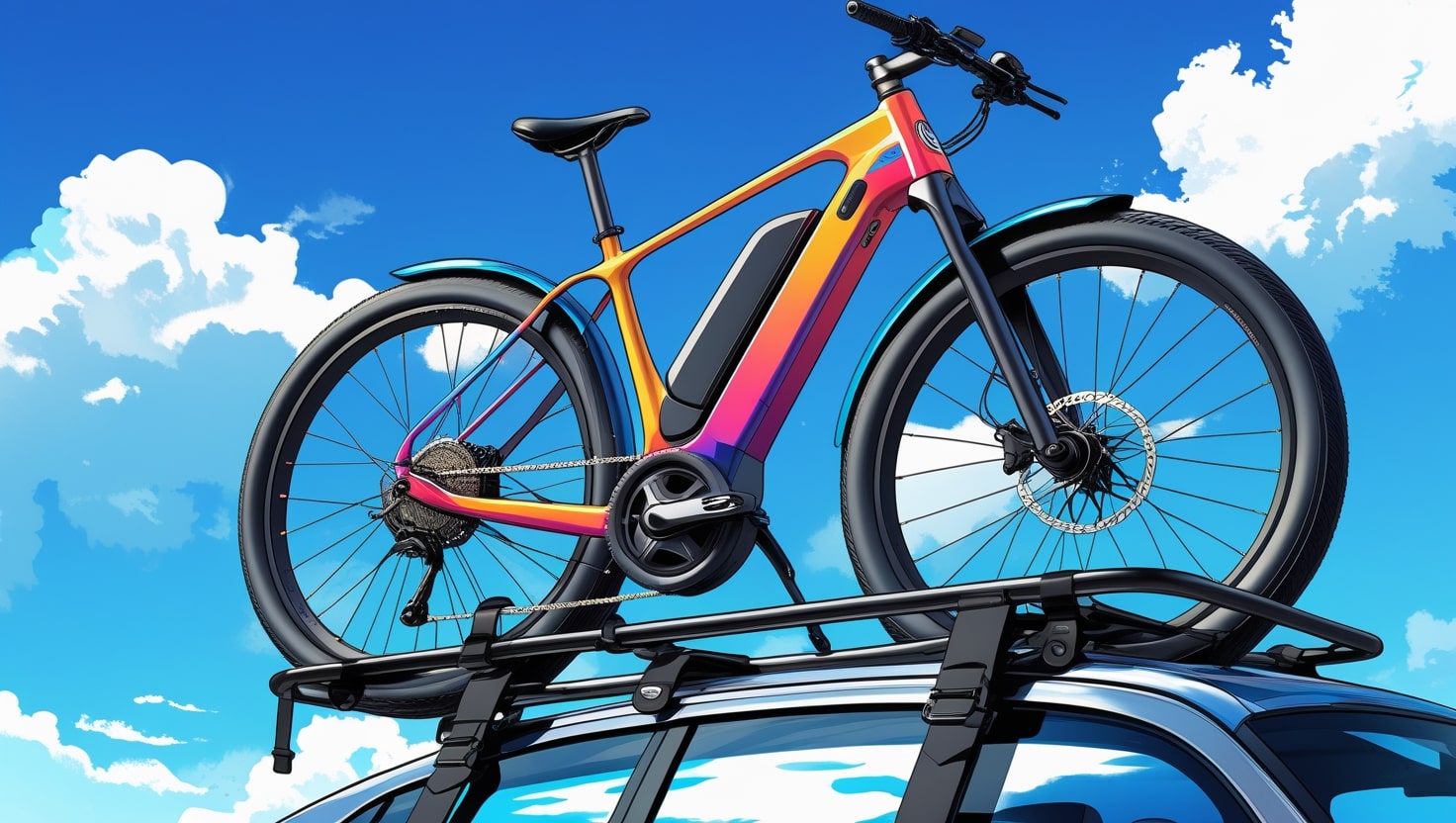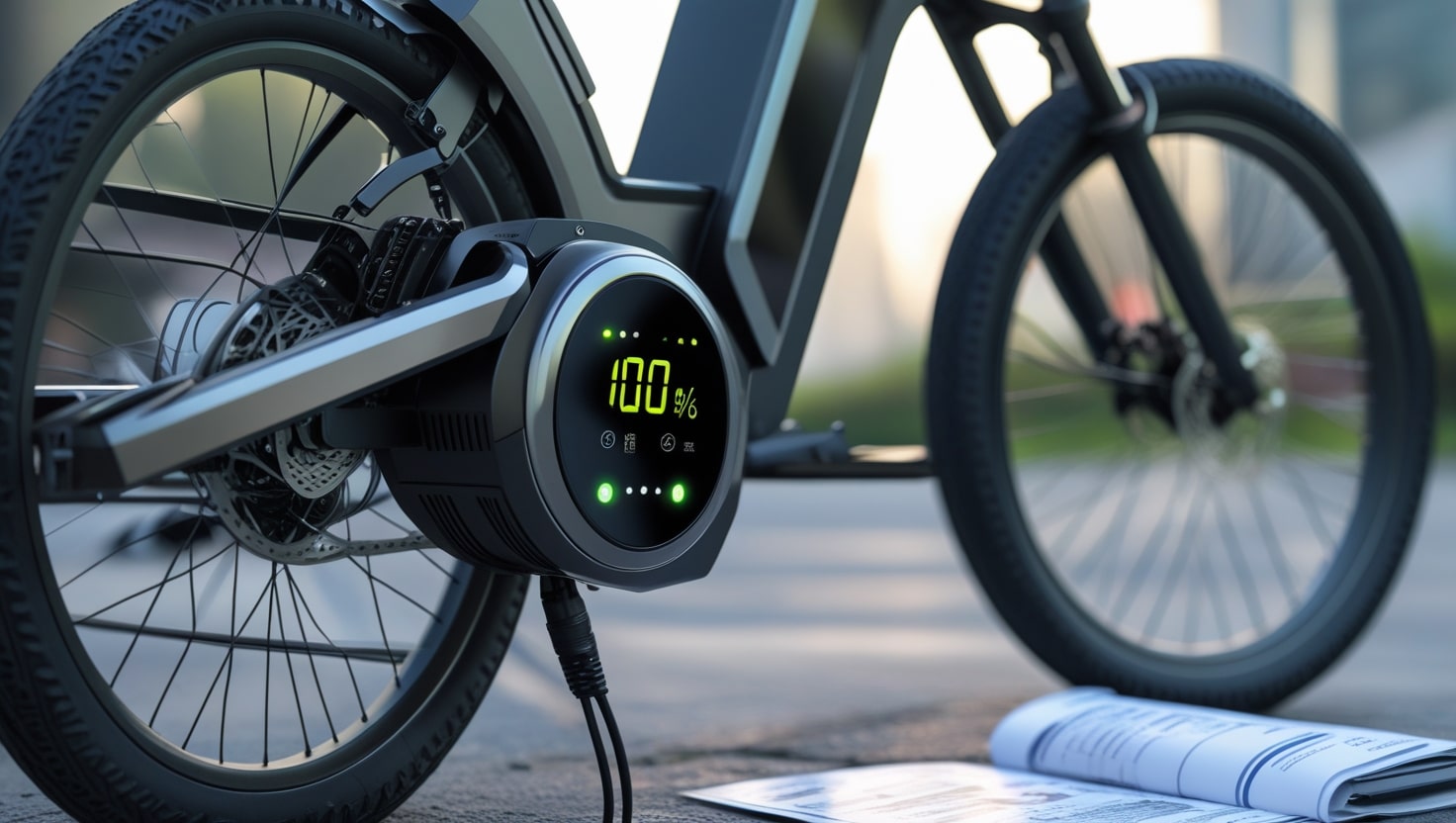When changing lanes on busy roads, taking an extra visual check for motorcycles can make a critical difference, especially when it comes to safety. It’s easy to overlook smaller vehicles, particularly motorcycles, which can appear suddenly from blind spots that mirrors might miss. In my experience, being mindful of their presence is essential, as one quick move without careful observation can lead to serious accidents and unwanted consequences, such as damages or expenses. While motorcycles are small, they’re equally entitled to the full lane and are often hard to see around larger vehicles. By planning each lane change attentively, you can prevent hazards and keep the thoroughfare safe for everyone, ensuring that each transition remains smooth and avoids potential risks.
In this article, we look through why should you visually check for motorcycles when changing lanes.
Related: Why Are My Bike Brakes Squeaking?
Why Looking for Motorcycles When Changing Lanes is Necessary?
Being mindful of motorcycles when changing lanes is essential for every driver, as overlooking them can lead to serious consequences. When entering the main thoroughfare or shifting to a new lane, it’s crucial to execute a visual check rather than relying solely on mirrors. Motorcycles are small and can easily tuck into blind spots that larger vehicles like trucks might miss, making it harder to spot them.
Despite their size, motorcycles are entitled to the same full lane as other vehicles, so a missed check could lead to an accident, causing unwanted damages and expenses. Taking a moment to carefully look around before making any moves prevents these risks and keeps everyone safe on the road.
Important Things to do When Changing Lanes
When changing lanes, it’s important to stay aware of all vehicles around you, including motorcycles that might be hidden in a blind spot. To ensure a safe transition, always start with a visual check of your mirrors and follow the standard safety routine by signaling clearly. Even if a gap appears open, the drivers around you need enough time to see your signal and adjust. Keeping this routine can help avoid last-minute issues, especially on expressways where cars often move at high speed. For a smooth lane change, be sure to double-check both your blind and spot before merging.
On arterial roads with more lanes, it’s helpful to scan ahead to check if any vehicles might try to enter your lane from the left or right. This extra caution is necessary for safely moving into or out of a lane, especially when you need to turn in a single direction. When you see a clear space, merge decisively yet smoothly by drifting slowly over, making sure you don’t swerve or break the flow of traffic. Always keep up with the speed of other cars in the new lane to avoid disrupting other drivers.
Sometimes, changing lanes is needed to prepare for a right or left turn, which means planning the switch in advance. When approaching your intended direction, re-check the mirrors, and keep your scan active to avoid missing anything coming from behind or beside you. On busy streets, or during heavy traffic, continue to watch the vehicles alongside and respond quickly if someone is moving toward the same spot.
Key skills to perfect when changing lanes include choosing the right gap to pull into, stopping if a car is behind or in front, and always checking your shoulder before switching lanes.
Related: why does my motorcycle backfire?
Essential Road Rules to Remember When Changing Lanes
By law, you need to follow these requirements when changing lanes:
When changing lanes, following a few essential rules can keep you and others safe on the road. Always use your signal to give a clear warning to other drivers and road users in your lane and those in similar directions, as this shows your intent and helps prevent accidents.
It’s also important to give way to other vehicles already running in the lane you’re moving into, making sure it’s completely clear before shifting over. Keeping these rules in mind ensures everyone’s protection and makes every lane change smoother and safer.

What are the potential risks of not checking for motorcycles before changing lanes?
Failing to properly check for motorcycles when changing lanes can lead to severe consequences on the road. Many drivers might overlook the importance of this habit, seeing it as an innocent mistake, but this oversight comes with serious risks. A simple glance could prevent dangerous situations associated with lane changes, as motorcycles are easily missed in blind spots. The potential harm caused by not being cautious in these moments highlights just how crucial it is to double-check before moving into a new lane.
Increased chances of accidents
Not taking time to check for motorcycles when changing lanes can greatly increase the chances of accidents. Unlike cars, motorcycles are smaller and more maneuverable, which makes them much harder to spot in blind spots or during a quick lane switch. Without proper awareness, a driver could easily collide with an unseen motorcycle, leading to severe injuries or even fatalities. By being cautious, drivers can reduce the risk of unexpected collisions and protect everyone on the road.
Limited visibility
Motorcycles have a narrower profile compared to larger vehicles, making them easy to miss in your view when changing lanes. They can be hidden behind obstructions on the road or by the cars around them. Neglecting to confirm their absence before a lane change can lead to unexpected encounters with motorcycles. With limited visibility, it’s essential to take an extra moment to double-check, ensuring that no motorcycles are in the blind spot or obscured by other vehicles.
Reduced reaction time
When driving on busy roads, every second counts, making quick decisions and reaction time essential for safety. Failing to check for motorcycles before changing lanes can significantly reduce your ability to respond, especially if one suddenly appears in your path. This lack of response time can make it hard to avoid a collision, and any resulting accident may increase in severity.
Legal consequences
Neglecting to check for motorcycles when changing or merging lanes can have serious legal consequences. In many jurisdictions, drivers have a responsibility to exercise due care on the road; failure to do so is often viewed as negligence. This can lead to citations, liabilities, and other ramifications if an accident occurs. Not properly checking can increase risks and result in unexpected obstacles or encounters with motorcycles, making accidents more likely and severe. By being mindful, you reduce the chances of accidents and avoid potential legal issues.
How can you effectively visually check for motorcycles while changing lanes?
When changing lanes, it’s important to visually check for motorcycles to keep both you and them safe. Here are some useful ways to achieve this:
Related: How to Bike with a Dog

Adjust your mirrors
Adjusting your side and rearview mirrors is essential to maximize visibility when changing lanes. Make sure each mirror is set to show the full width of your vehicle to help spot any approaching motorcycles. By properly adjusting the mirrors, you can minimize blind spots and keep an eye on everything around you.
Use a quick glance technique
Using a quick glance technique is a helpful habit when preparing for lane changes. This involves briefly checking all mirrors and blind spots to assess if any motorcycles are nearby. By taking a quick look, you can catch smaller vehicles that might otherwise be missed, making your lane change safer and smoother. This simple technique ensures you’re fully aware of your surroundings before committing to a move.
Look over your shoulder
While mirrors offer a good overview of the road, they can’t always capture smaller objects like motorcycles. This limitation makes it crucial to physically turn and look over your shoulder before initiating a lane change.
Signal early and clearly
Signaling early and using clear signals gives other road users, including motorcyclists, enough time to anticipate your intentions. This simple step helps prevent surprises and avoids any misunderstandings during lane changes. By allowing everyone ample notice, you make it easier for others on the road to adjust, promoting a safer and more predictable environment for everyone.
Final Thought
Understanding that lane-changing is a common cause of accidents can be eye-opening, especially when you realize that about 33% of crashes involve vehicles that veer from their lane. Taking the time to do a proper visual check for motorcycles and other smaller vehicles can help you avoid a worst-case scenario on the road. Knowing these statistics reminds us how a simple check can save lives, as failing to notice another car or motorcycle in the lane could lead to an accident that could have easily been prevented.
Related: Can You Pedal an Electric Bike?
FAQs
What are the risks of not visually checking for motorcycles when changing lanes?
Failing to visually check for motorcycles when changing lanes can create serious risks on the road. Motorcycles are often smaller and less visible than cars, making them easy to miss in blind spots. If you don’t take the time to check thoroughly before a lane change, it can lead to accidents or collisions. Ensuring you’re aware of these important checks each time you switch lanes can help protect everyone on the road.
How can visually checking for motorcycles help prevent accidents?
By visually checking for motorcycles before changing lanes, drivers become more aware of their presence on the road, which helps in reducing the risk of a collision. Actively looking for motorcycles provides clear visibility and allows drivers to avoid any potential accidents. This extra step ensures that drivers have a full view of the lane, creating a safer environment for everyone traveling on the road.
Why is it particularly crucial to check for motorcycles when changing lanes?
Checking for motorcycles when changing lanes is especially crucial because motorcyclists are more vulnerable on the road compared to car drivers. With less protection in the event of an accident, motorcyclists rely on other drivers to be aware of their presence and to give them enough space. Ensuring this safety step is not only essential for everyone’s well-being but also promotes a safer environment for all road users.
What role does visual observation play in ensuring motorcycle safety during lane changes?
Visual observation plays a key role in ensuring motorcycle safety during lane changes. It allows drivers to quickly identify any approaching or nearby motorcycles, helping them make more informed decisions. By taking this extra step, drivers can take proper precautions while navigating traffic, which minimizes the risk of collisions with motorcyclists. Observing carefully before making a move keeps everyone safer on the road.

